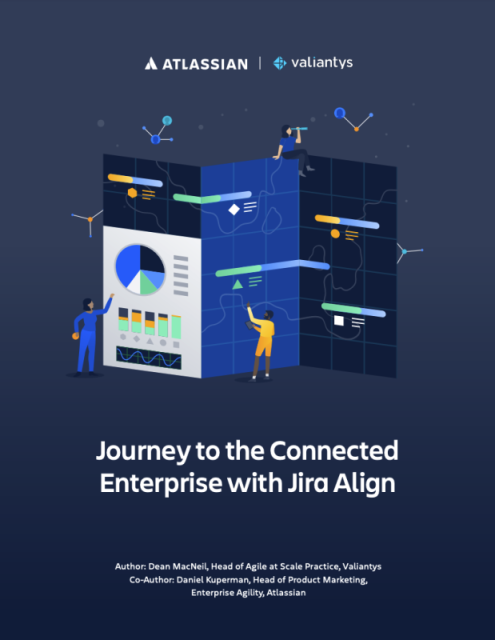In this interview, four experts discuss how UX can succeed in an Agile environment. In the traditional waterfall workflow, User Experience (UX) specialists have ample time to conduct research and incorporate valuable user insights during the planning stage. Additional feedback is often garnered post-release, through customer service interactions where users express their satisfaction or frustration with the application's ease of use.
However, with the shift to Agile workflows, the upfront planning time is significantly reduced, and the entire design and development process becomes much more collaborative. Unfortunately, UX often receives less attention in this environment, as the speed of iterations can sometimes make it difficult to devote adequate time and effort to refining the user experience.
The outcome of this can be code that functions perfectly, but fails to gain traction with users.
To address this issue, Cprime has interviewed four UX experts from various industries and disciplines who have experienced the transition from traditional to Agile development methodologies.
The outcome of this can be code that functions perfectly, but fails to gain traction with users.
To address this issue, Cprime has interviewed four UX experts from various industries and disciplines who have experienced the transition from traditional to Agile development methodologies.
















